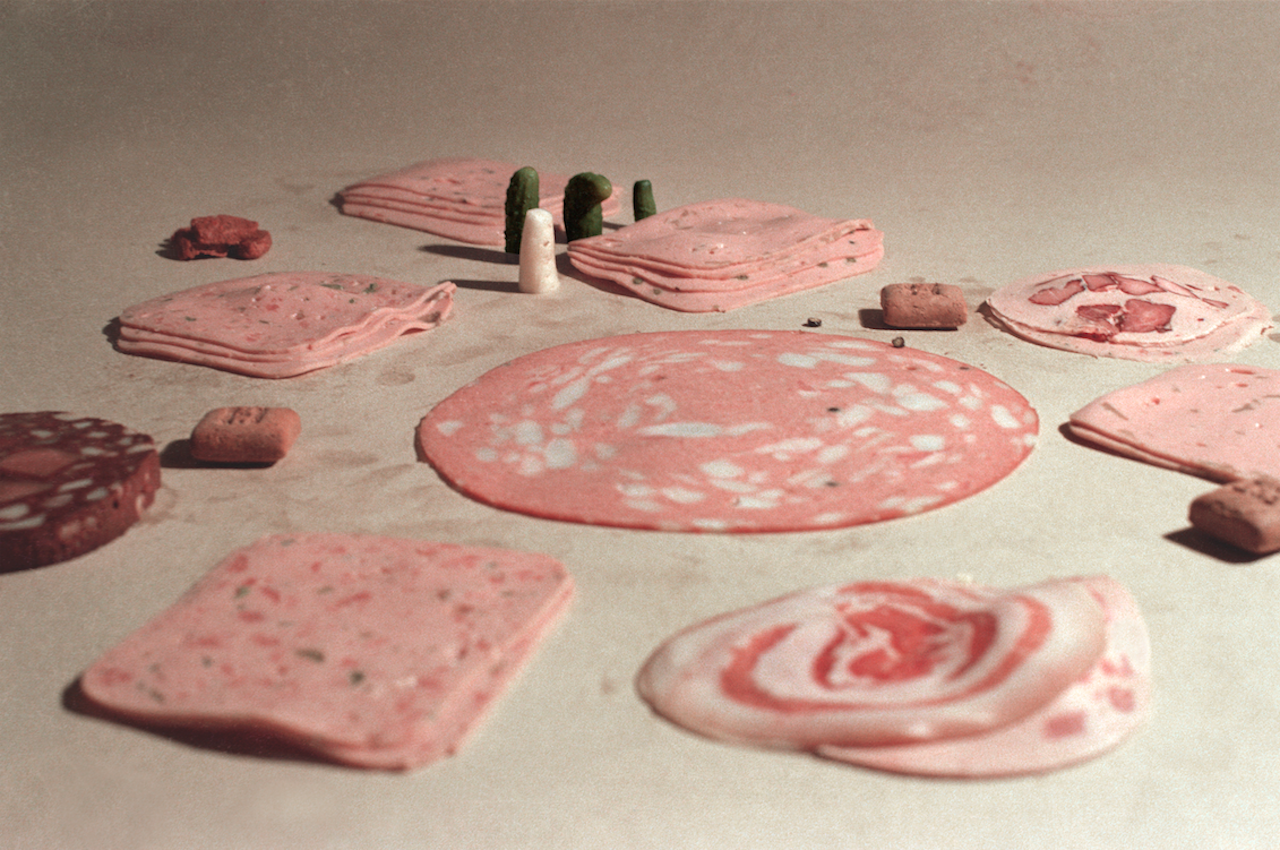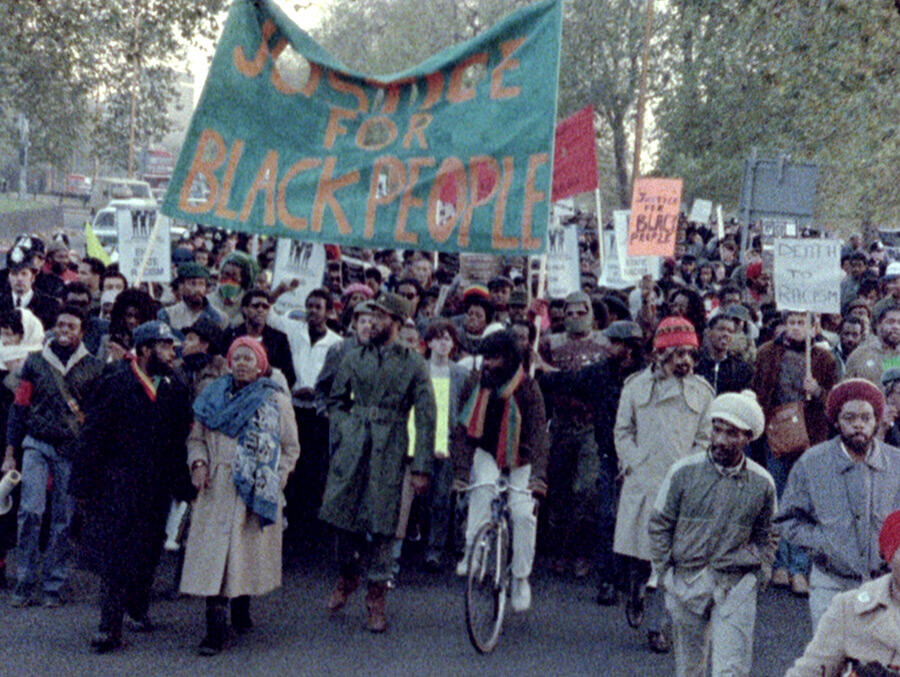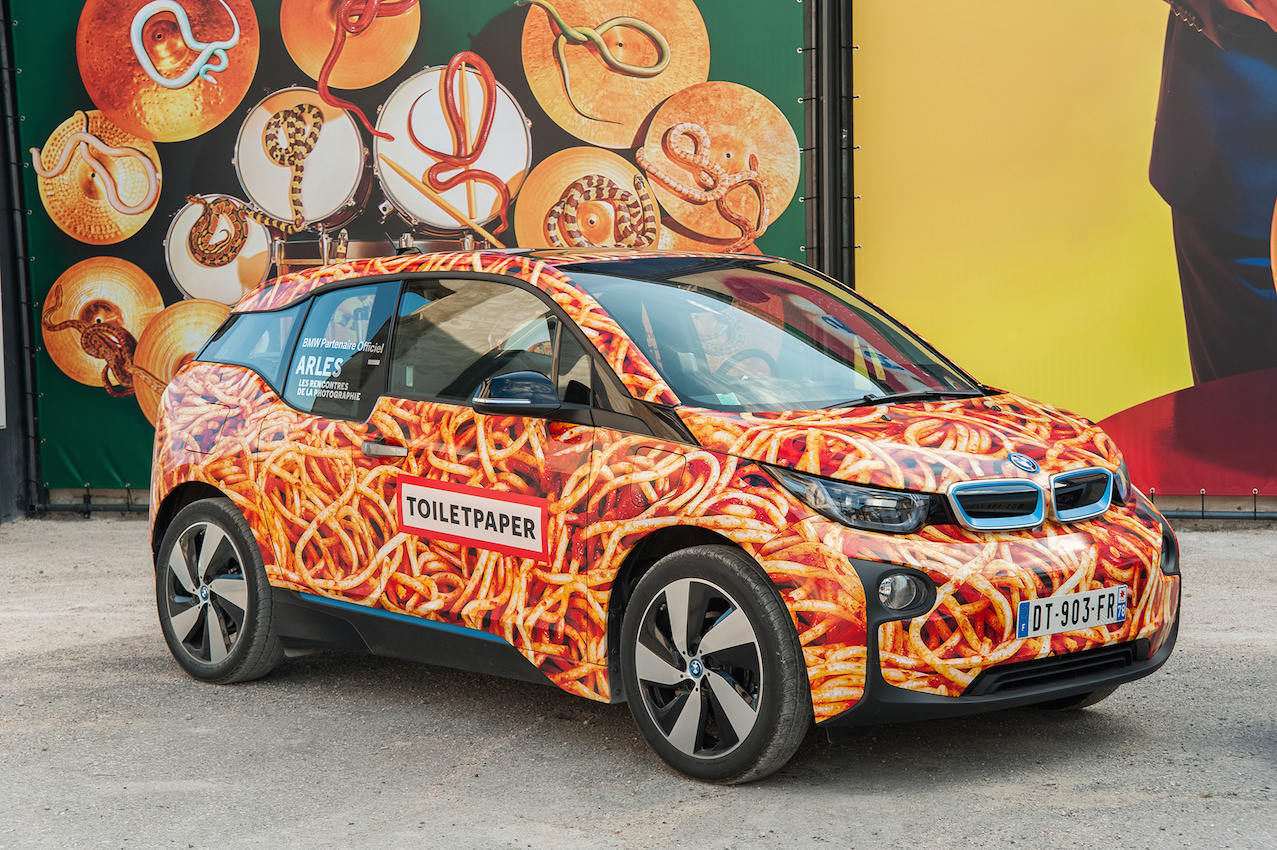An exhibition of the Swiss artist pair Peter Fischli and David Weiss “How to Work Better” is currently up at the Guggenheim in New York. The retrospective brings together over 300 sculptures, photographs, videos and installations, forming the most complete overview yet of the 33-year dialogue binding both artists. Well-known works like Der Lauf Der Dinge (The Way Things Go, 1986-1987), Suddenly this Overview (1981), as well as Fragenprojektion (Questions, 1981–2003)—which was awarded the Golden Lion Prize at the 2003 Venice Biennial—are featured.
Fischli and Weiss met in 1977 through a mutual friend, the artist Urs Lüthi, and were friends and collaborators until 2012, when Weiss died of cancer aged 65 (at which point the pair had already started work on the Guggenheim retrospective). The exhibition’s title is taken from one of their most famous works, a 1991 text piece inspired by a ceramics factory in Thailand outlining the rules for the workers that Fischli and Weiss photographed and kept it in their studio as a reminder for their own work.
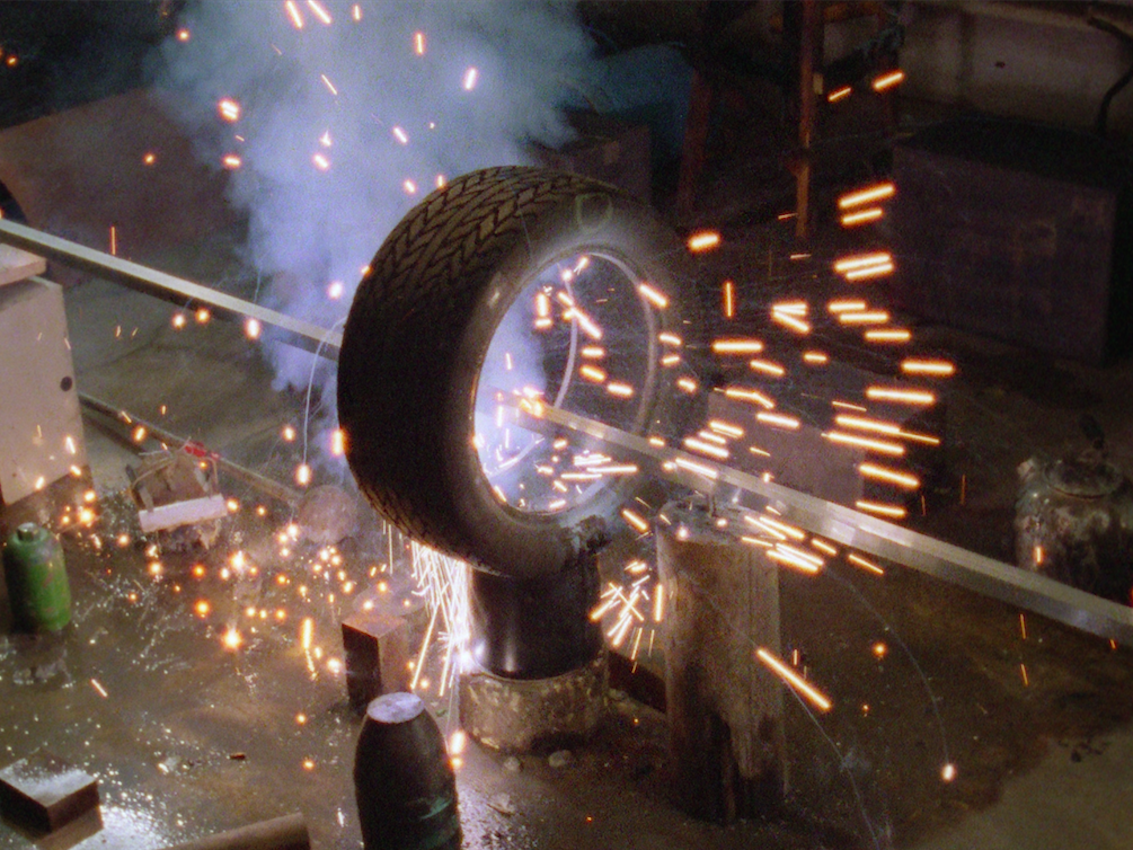
How to Work Better
The non-chronological curatorial approach to “How to Work Better” makes the artists’ singular sense of humor all the more detectable for its ageless open-mindedness. Through comedy Fischli and Weiss nurtured an ability to ease into reflective contemplation in a non-derogatory way. Rather, through self-derision, the artists allow for an appreciation of the transitory lightness of being yet never belittling it.
The Way Things Go (1986-1987), a 30 minute meticulously filmed 100 foot chain reaction provoked by the effects of fire, blasts of air, gravity, and a variety of corrosive liquids occurring throughout a precarious structure (old chairs, shoes, bin bags, wooden ramps), points to lively ingenuity and self-destruction all at once. Through carefully designed timing, one confronts successively the individual quick cataclysms and slower disperses, each continuing until their own final consummation. “The end results in the beginning eternally,” is a complex didactic thought conveyed with humor in the unlikely setting of a desolate warehouse.
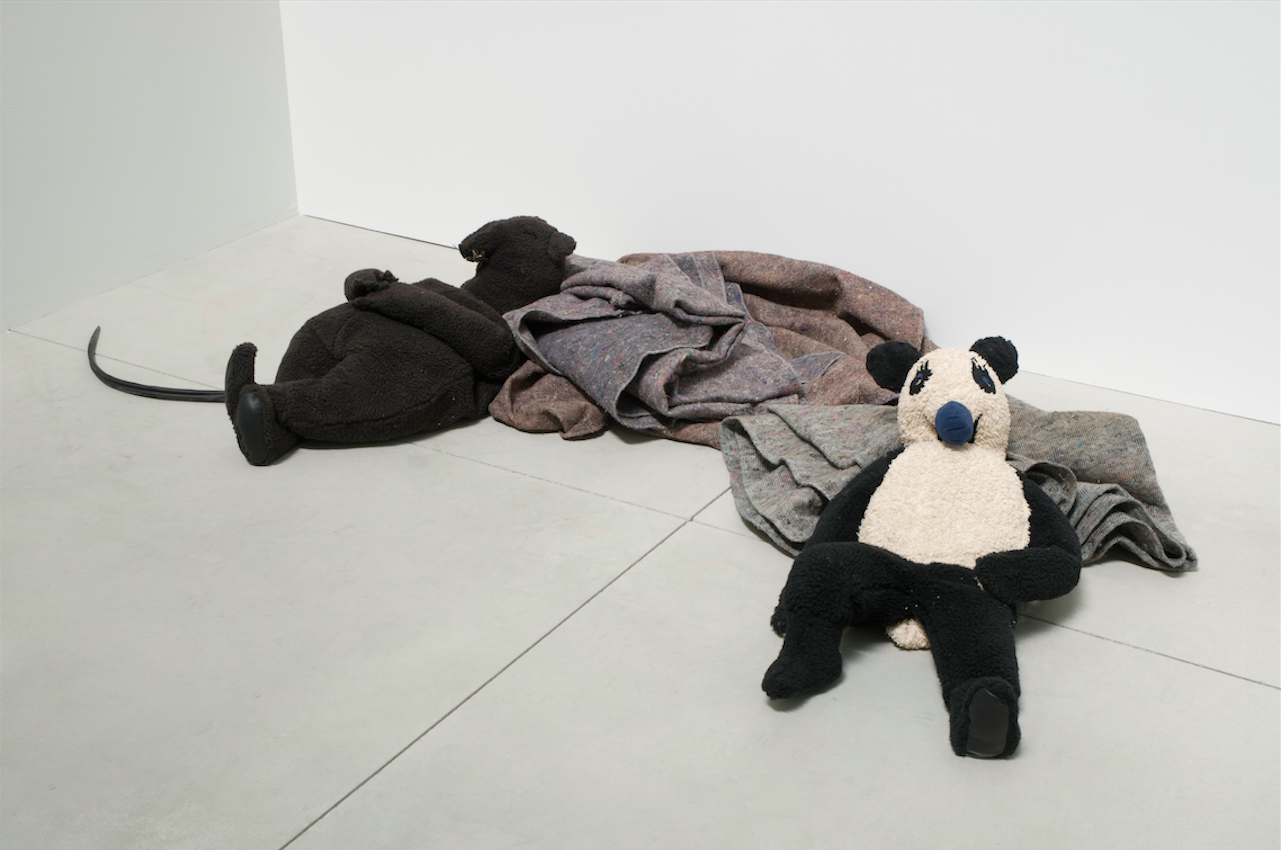
1991
Some argue Fischli and Weiss’ sense of humor lies in absurdity, others in darkness, but perhaps it simply lies in neutrality. Uncontaminated neutrality (which sometimes misleadingly comes across as sterility or randomness), is arguably the element that allows the duo an emancipated selection of mediums that surpasses Western hierarchies, and therefore continuously surprises. The resulting incongruously varied artwork arises organically whether it be through Rat & Bear—chosen alter-egos—pairing in their search for fame and meaning of life in The Least Resistance (1980–81), or in Order and Cleanliness (1981), a booklet filled with quirky yet earnest charts and diagrams attempting to outline the systems governing the universe. Alone, Rat & Bear would succumb to their approach to the world, but together they balance and achieve moments of comedy and clarity, if not brilliance.
Similarly, Suddenly this Overview (1981), a collection of clay child-like sculptures, surprises for the modestly chosen medium combined with the colossal ambition behind the creation, namely, an attempt to gather all the world’s knowledge in one place through individual memory. The result is a uniform mixture of the trivial with the monumental, the high and the low, that gently defies binaries. Visually the hundreds of sculptures appear similar but through their individual titles, one becomes aware of their charged and witty content: Mr. and Mrs. Einstein Shortly after the Conception of Their Son, the Genius Albert, or Popular Opposites: High and Low, for example, that depicts two dogs of the same size, one standing on hind legs while the other rests on all fours.
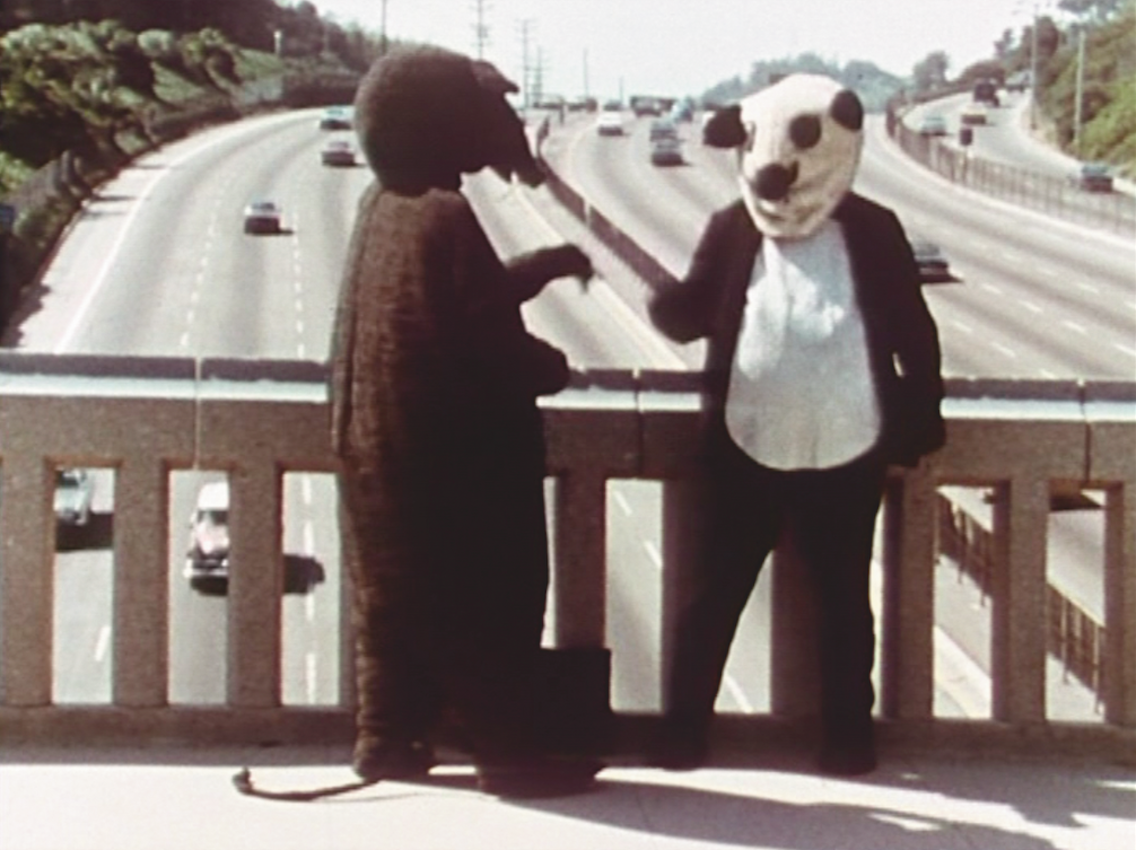
Screenprint on paper, in six colors, 20 x 28 inch
In the years following its initial presentation in 1981, the artists continued to produce pieces for Suddenly This Overview, re-creating earlier sculptures from memory and adding new scenes, many of which refer to later works in their oeuvre. This strategy of ongoing production suits the encyclopedic character of the series, which today includes approximately 600 objects.
In addition to works featured at the Guggenheim, there are also three public pieces of art placed across the Manhattan: Haus, a miniature German office building on Fifth Avenue; Büsi, a three-minute video of a cat lapping up milk in Times Square and a mural, How to Work Better, in Soho.
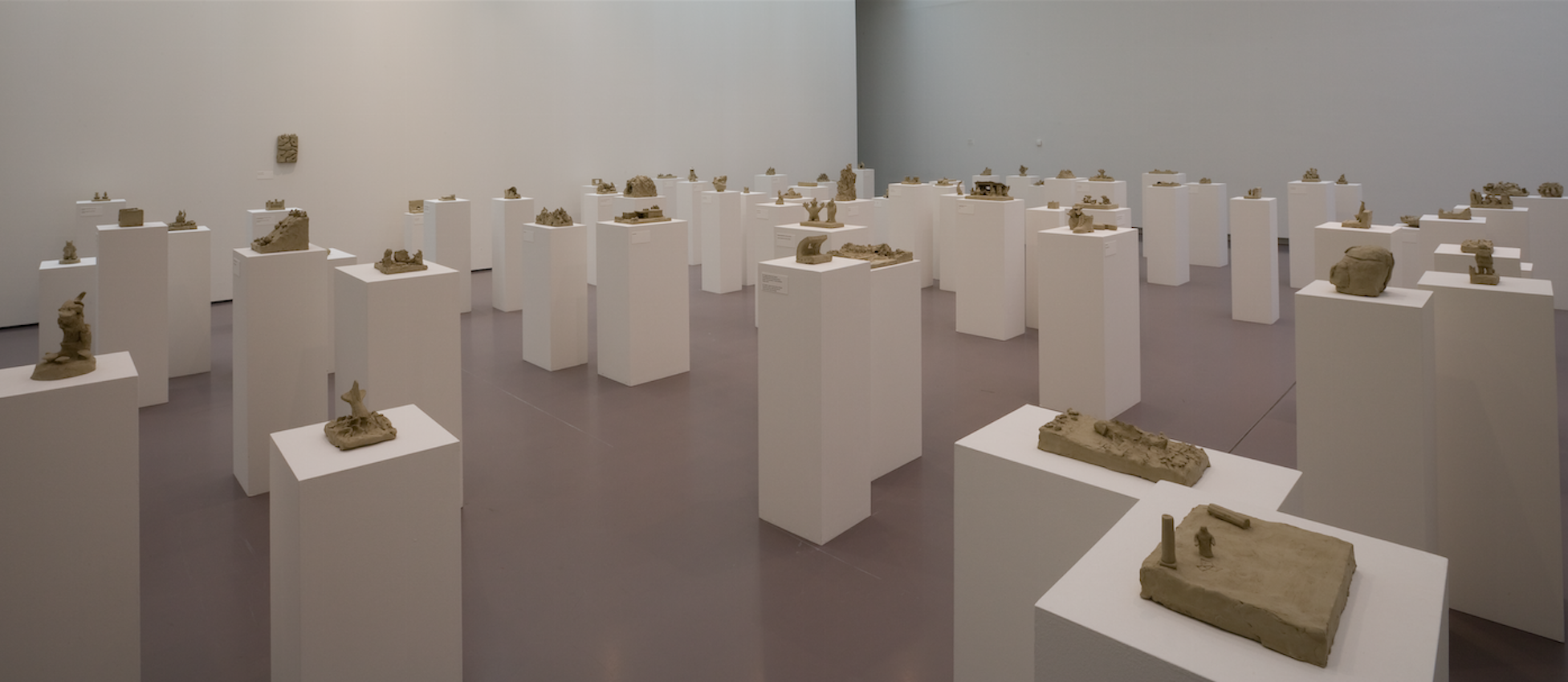
unlimited edition
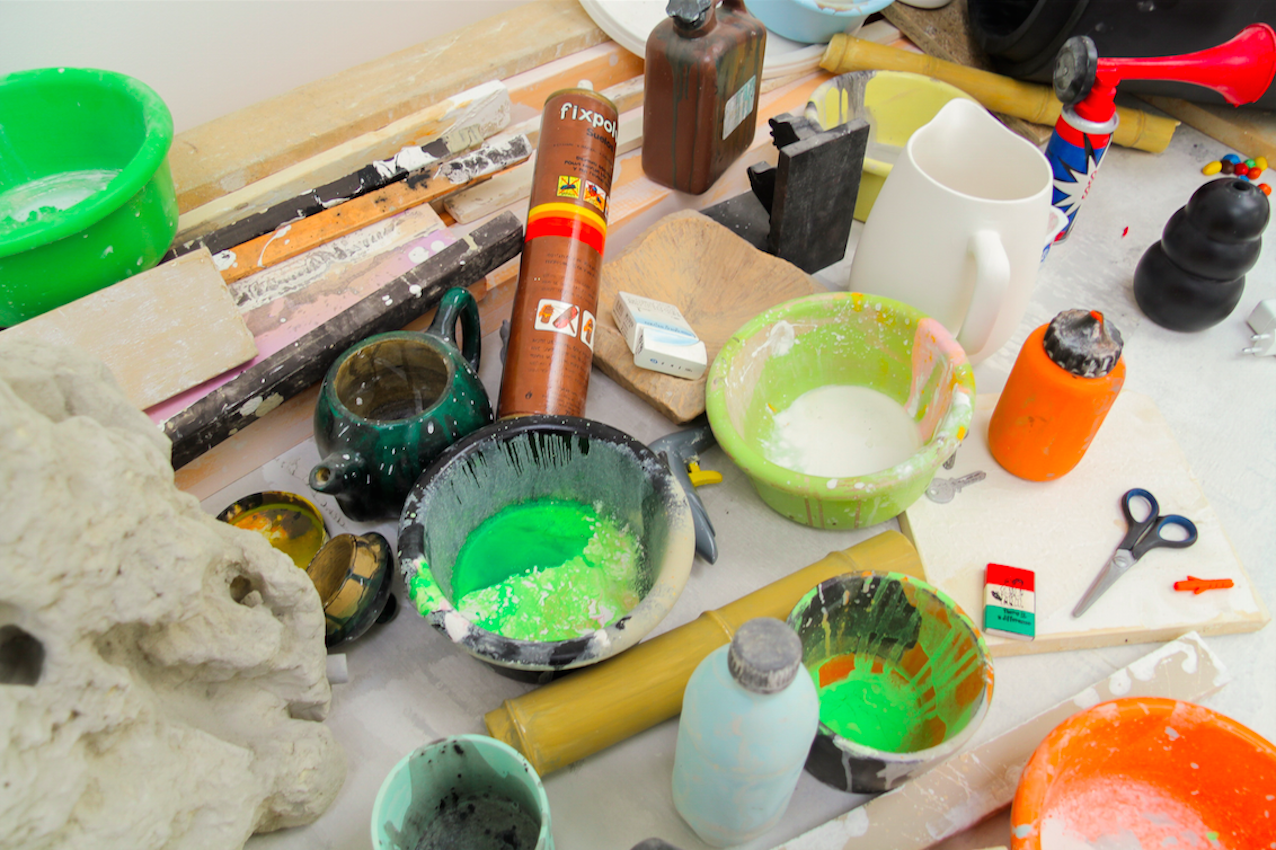
Courtesy of Peter Fischli and David Weiss
“How to Work Better” is on view through April 27.
